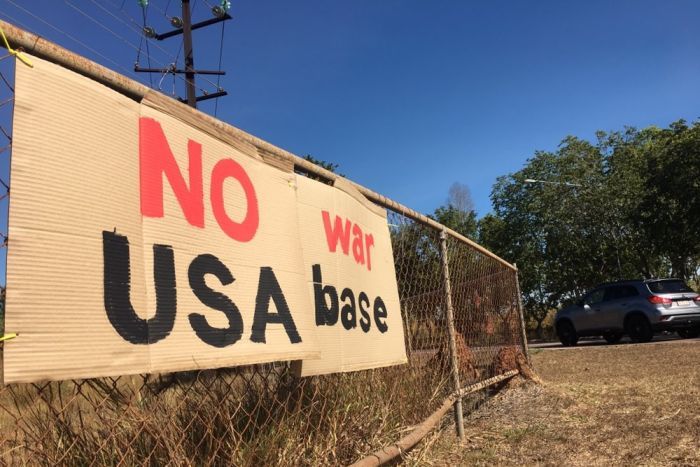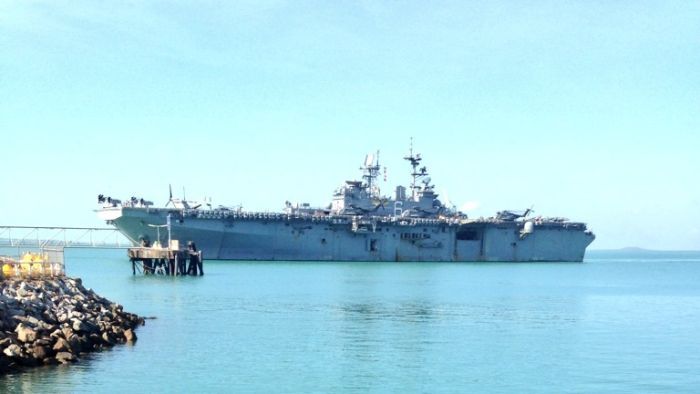Tactical vehicle accident claims life of USA Marine

A US Marine has died in a training accident at the Mt Bundey Training area after suffering injuries in a tactical vehicle accident on Saturday.
Lance Corporal Hans Sandoval-Pereyra died yesterday after succumbing to injuries suffered in the incident which saw one other marine suffer minor injuries.
He was conducting routine training at the training facility when the incident occurred and was initially treated at the scene before being medically evacuated by helicopter to Royal Darwin Hospital.
Commanding Officer for Marine Rotational Force — Darwin Colonel Russ Boyce said efforts were unsuccessful in saving the Marine’s life who was a valued member of the Marine Corps.
“We are saddened by the loss of Lance Corporal. Sandoval-Pereyra. He was a beloved member of our community and our deepest sympathies go out to his family and friends,” he said.
“We are extremely grateful to our Australian partners for their valiant efforts to save this young Marine’s life.”




